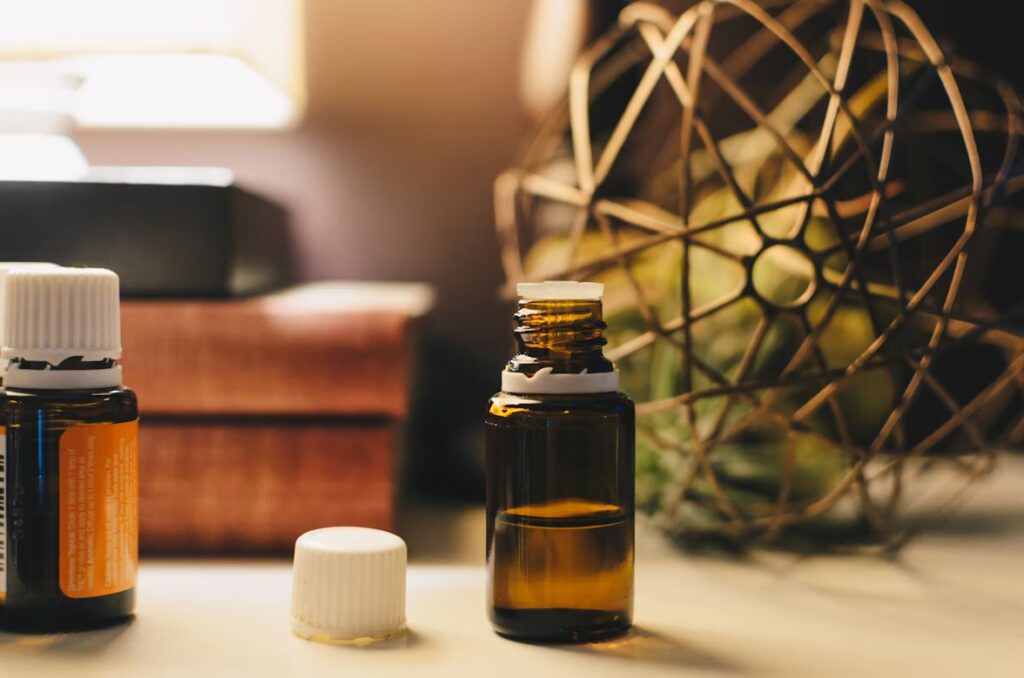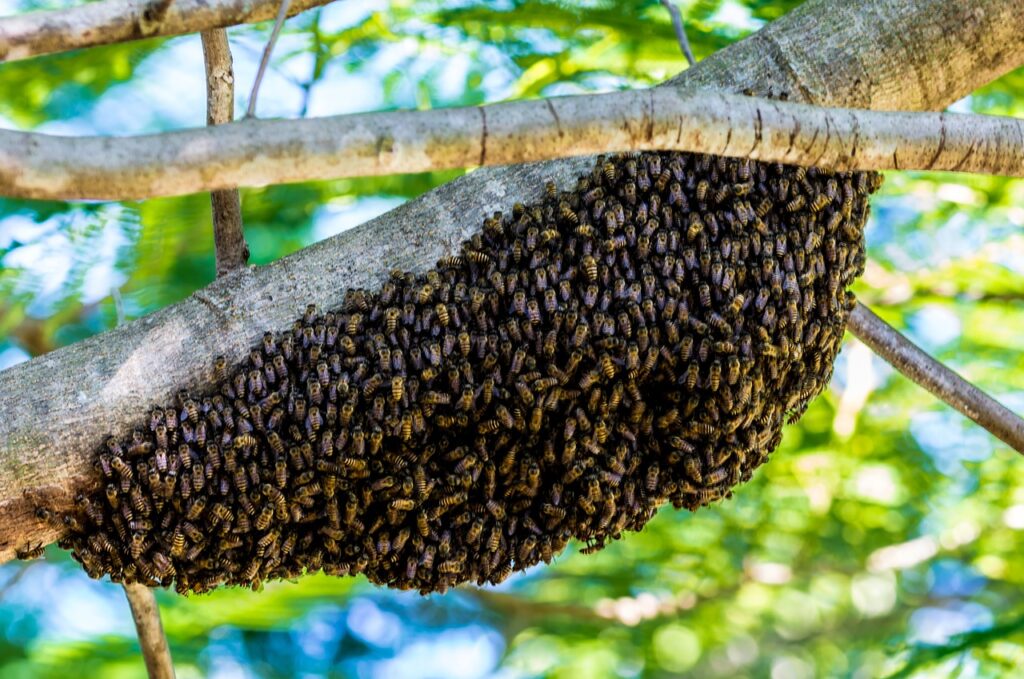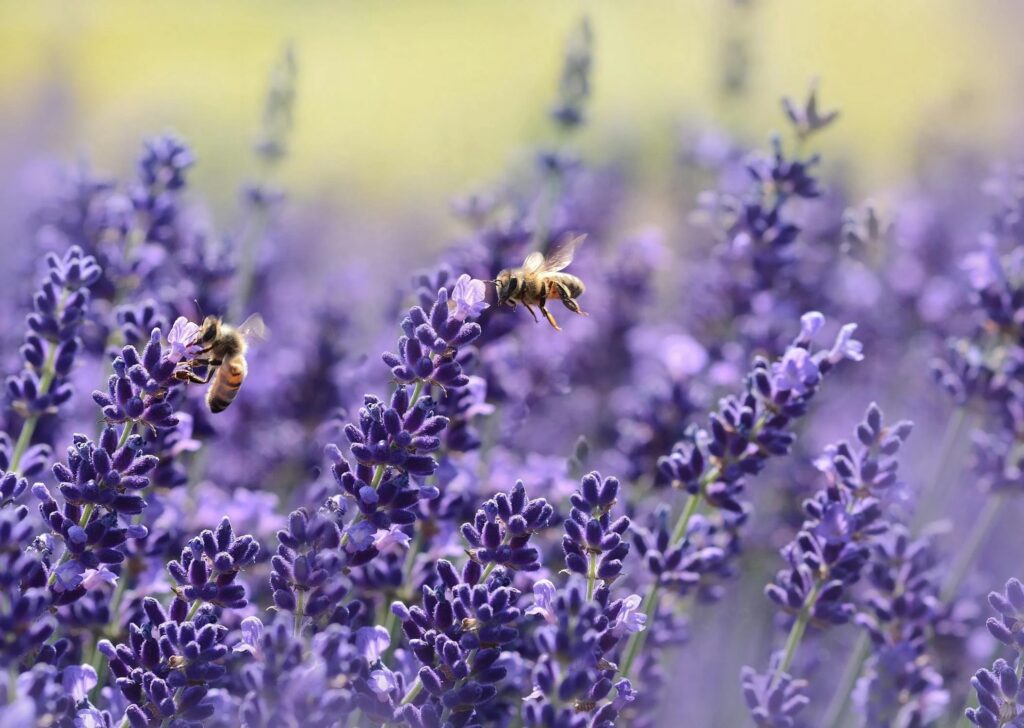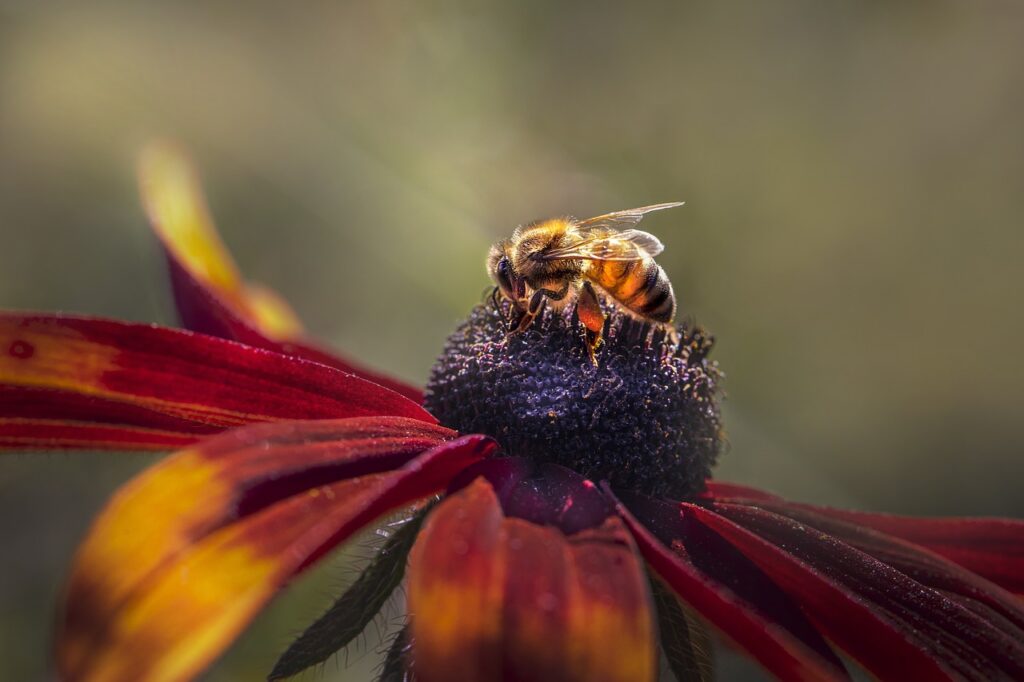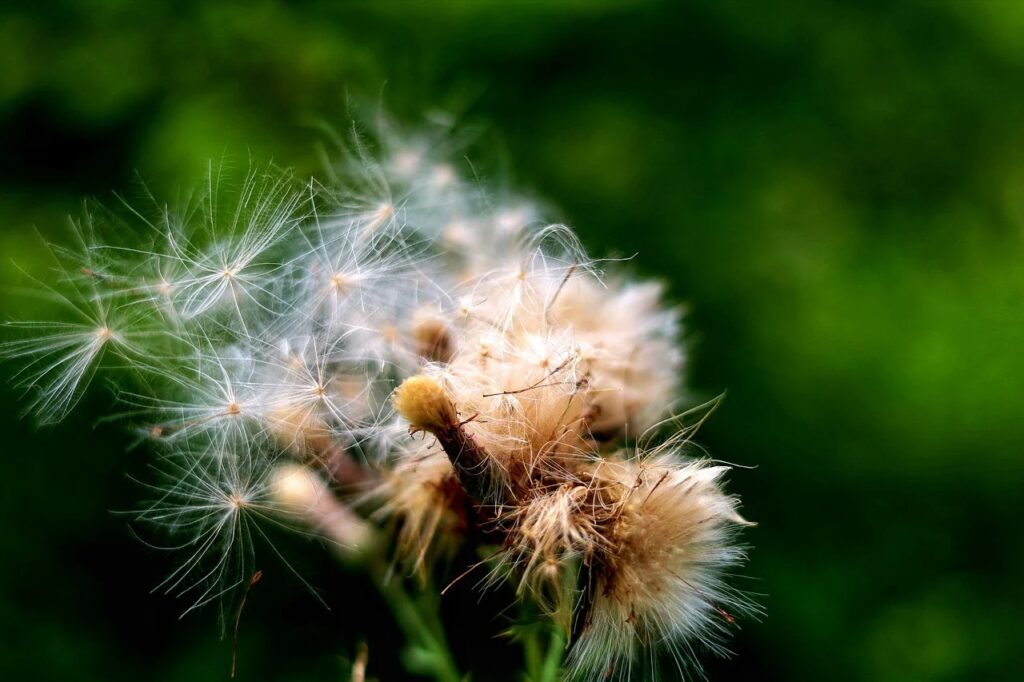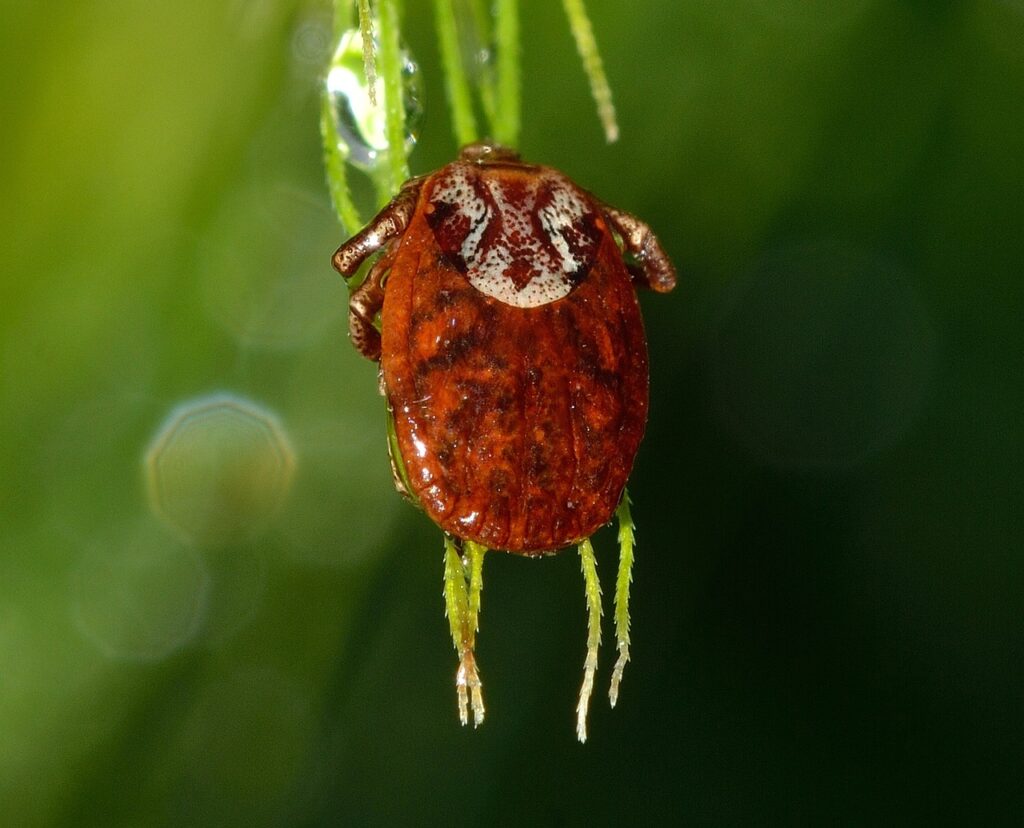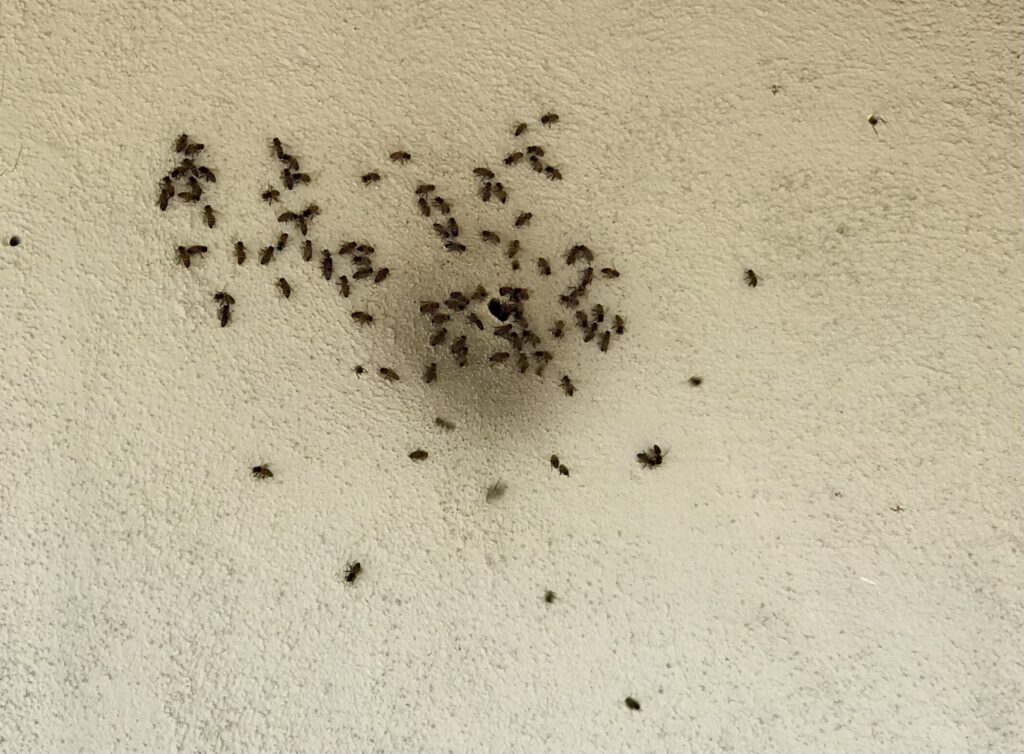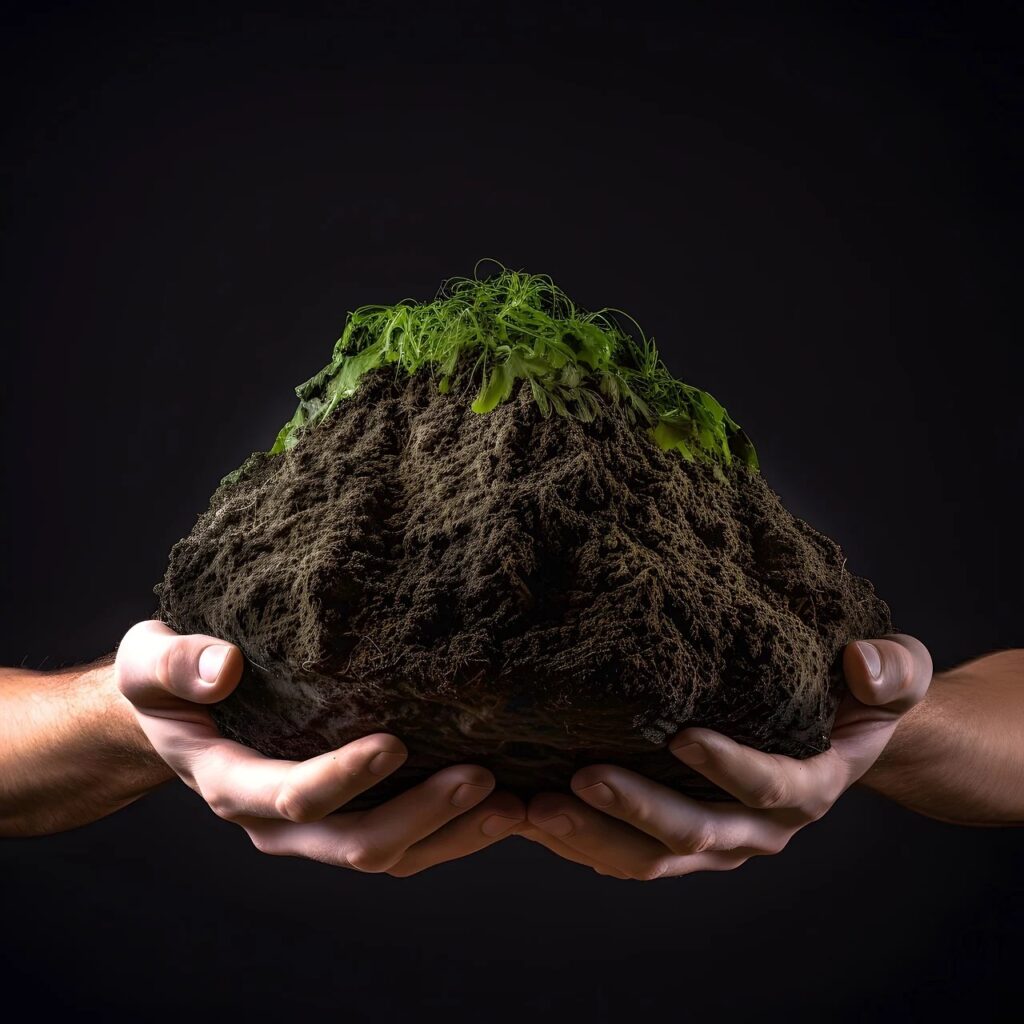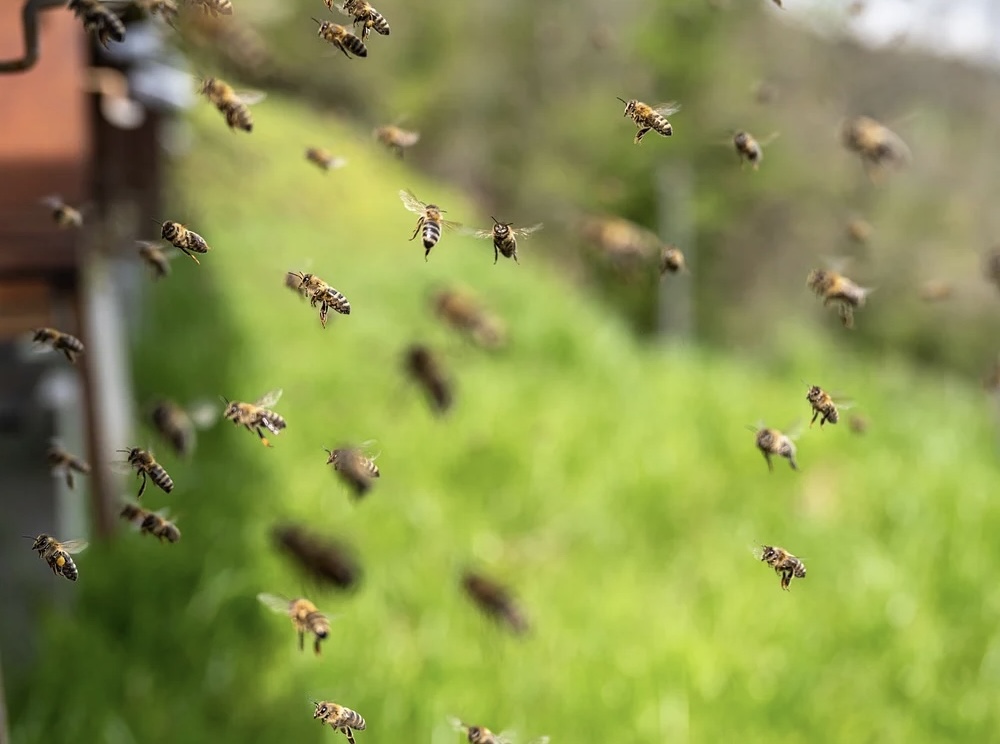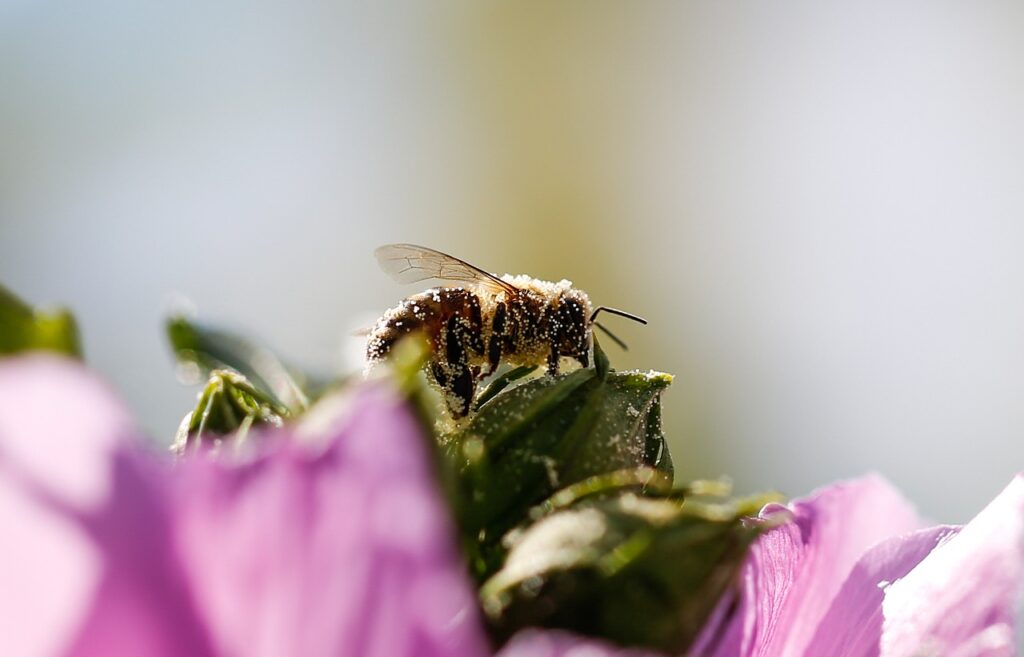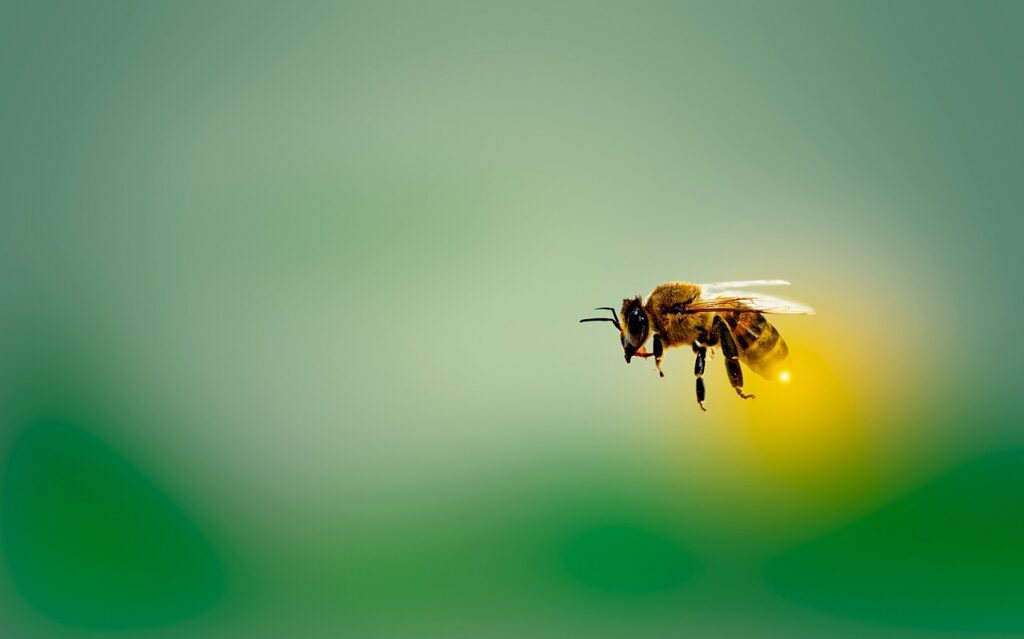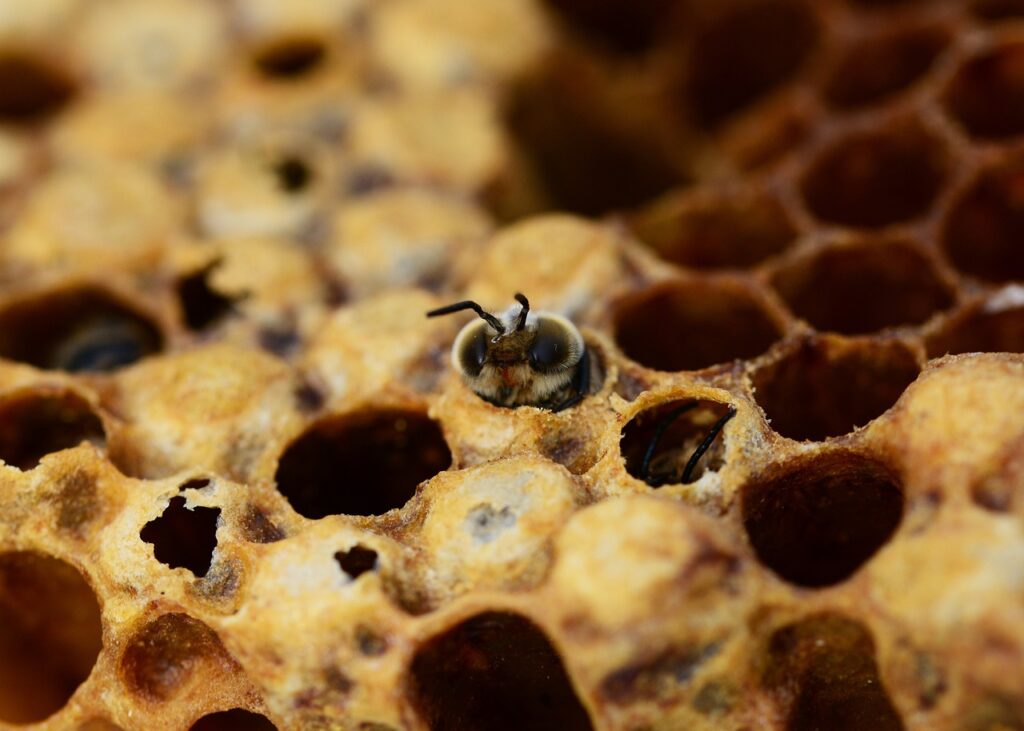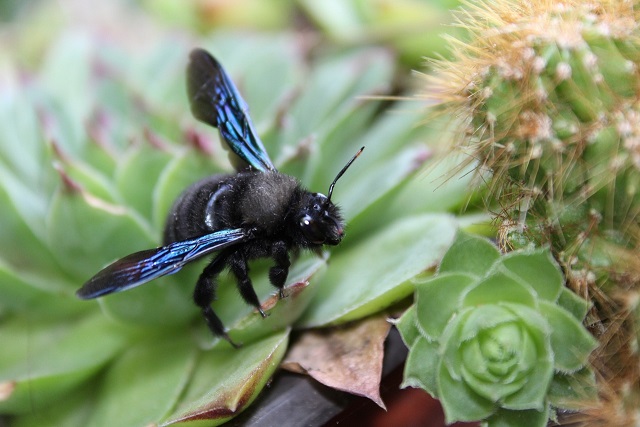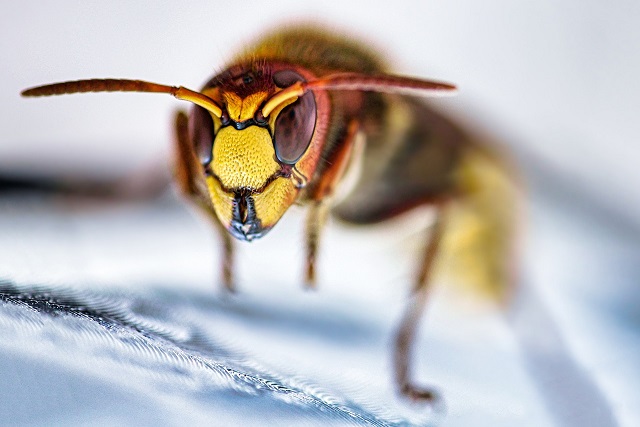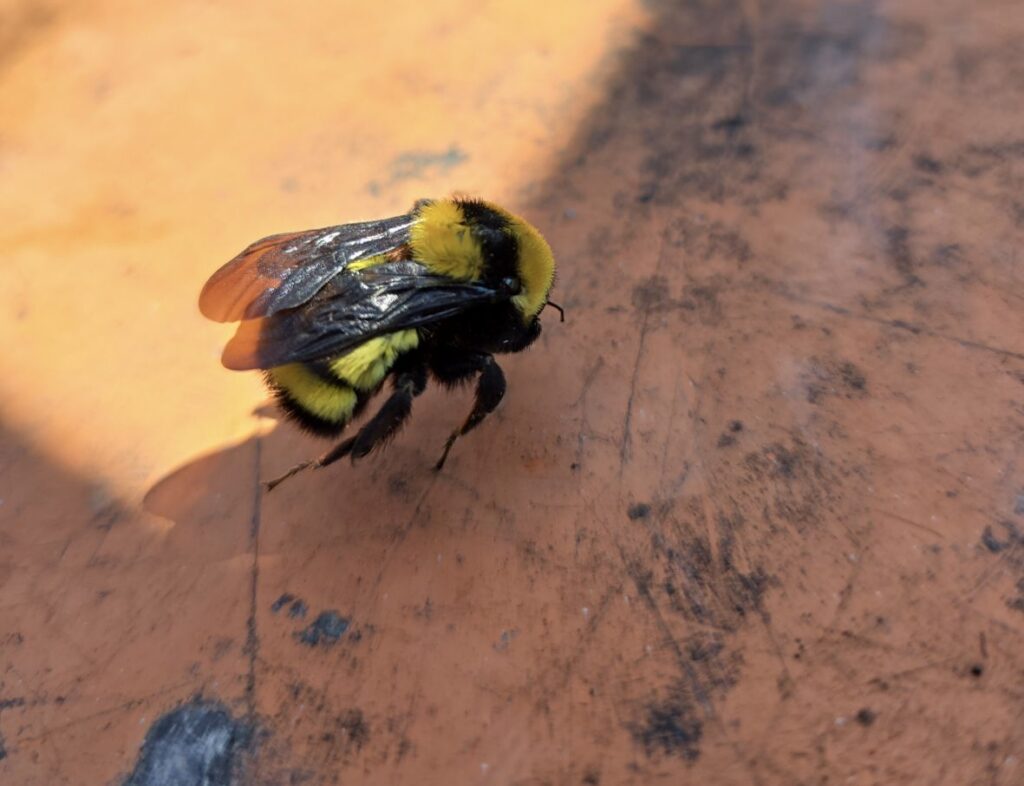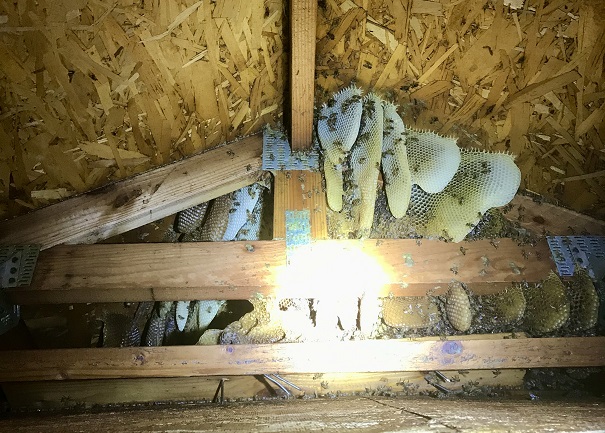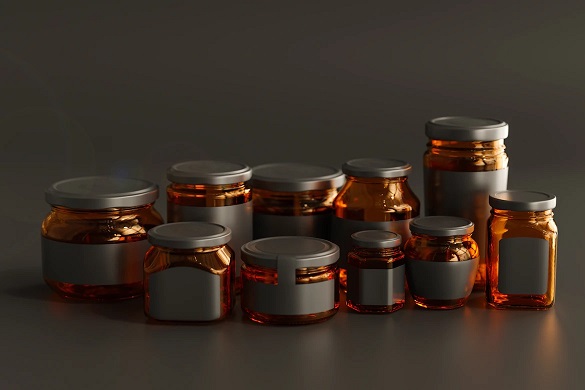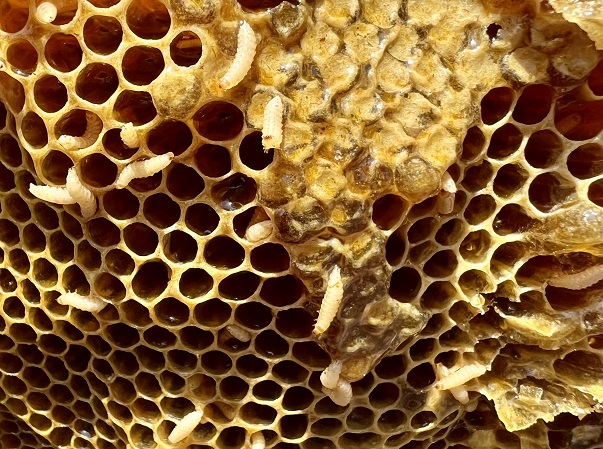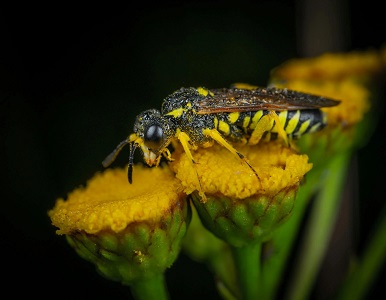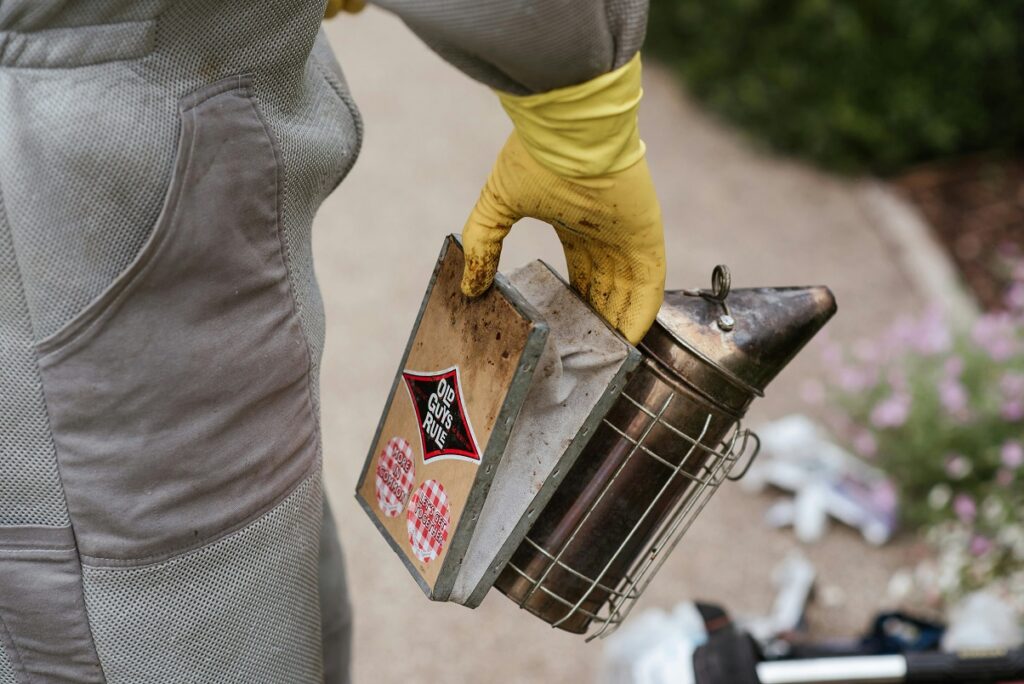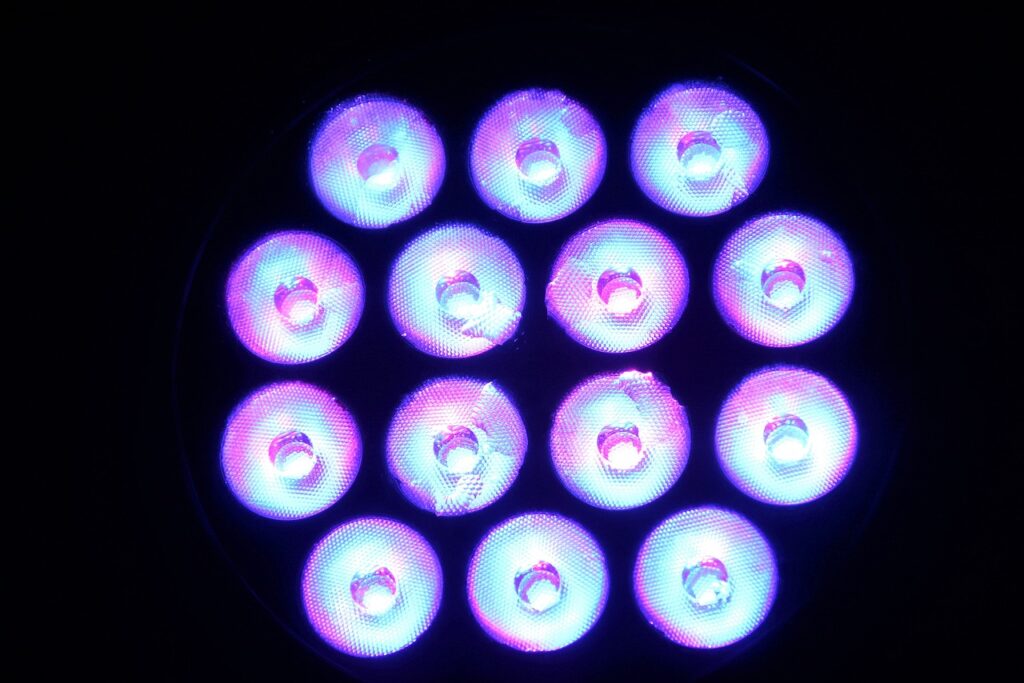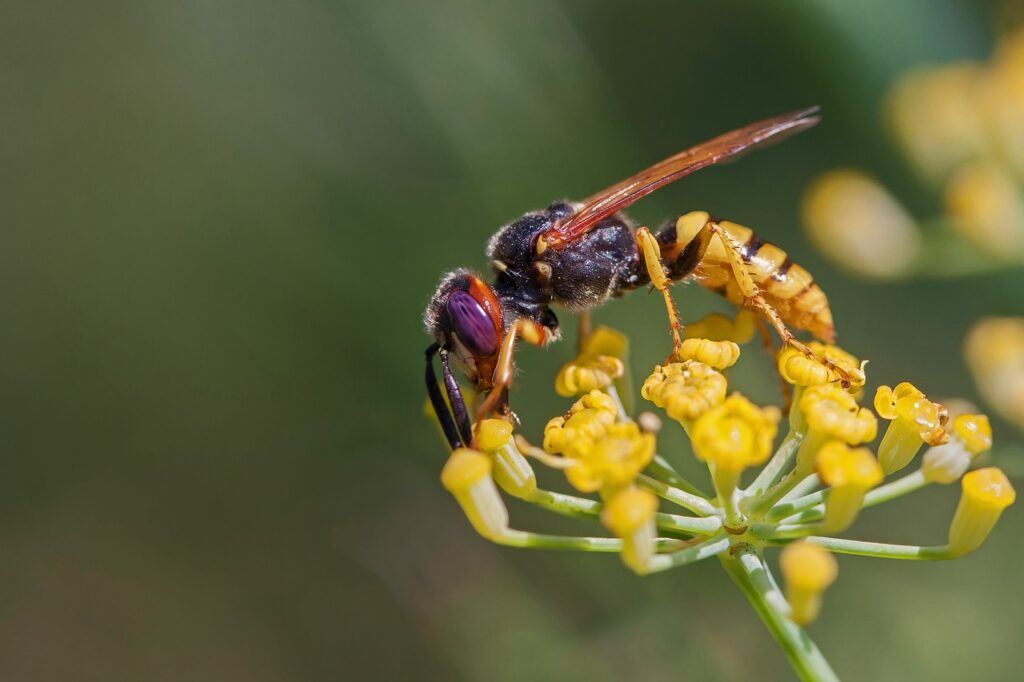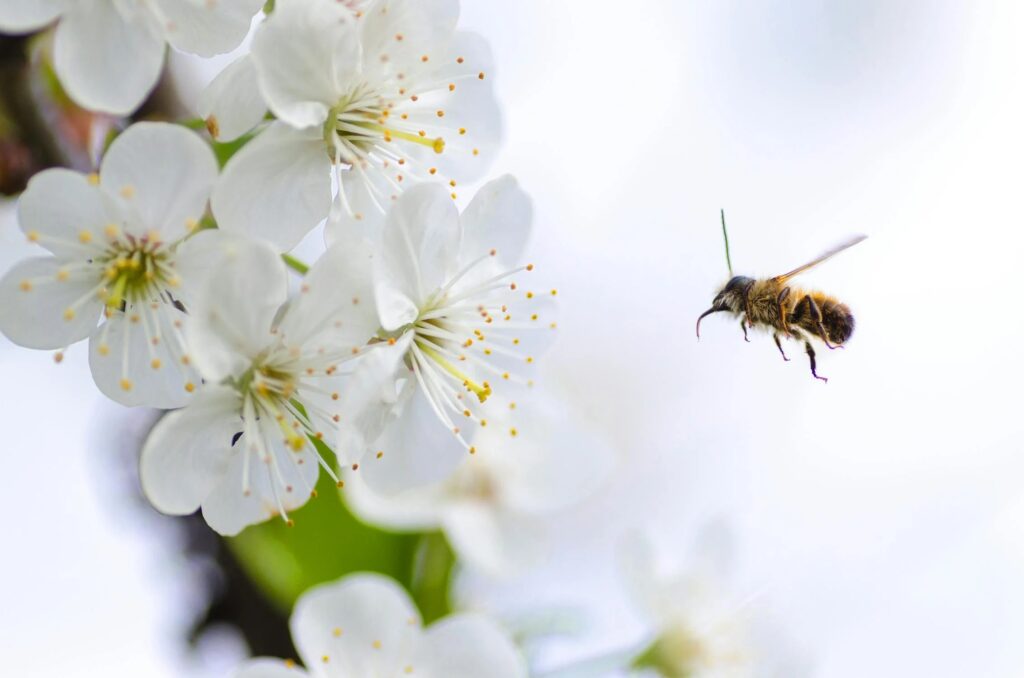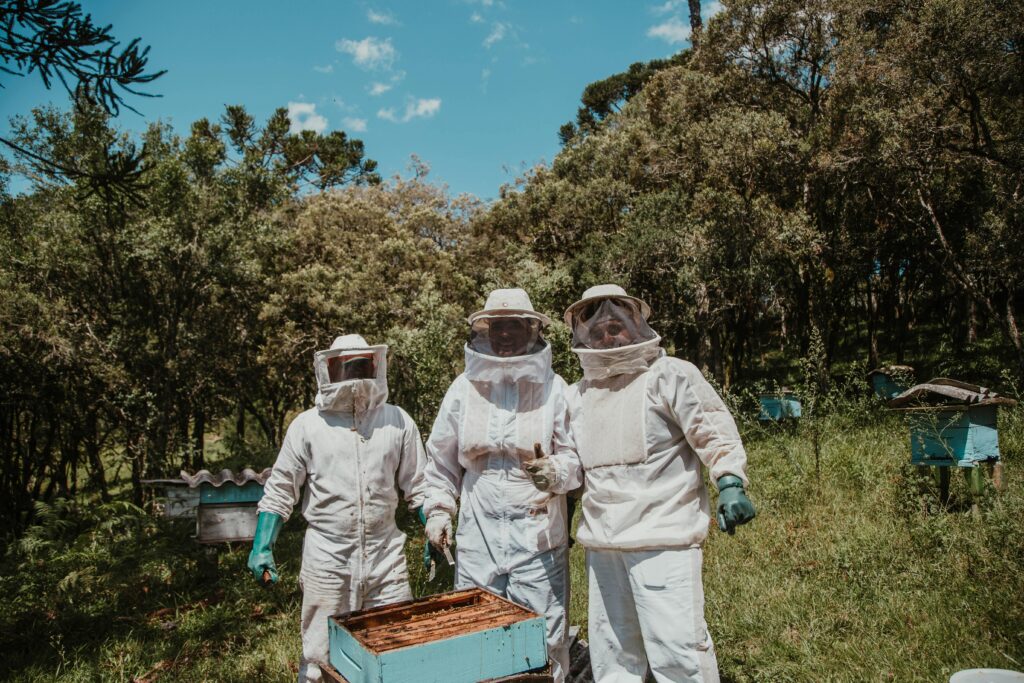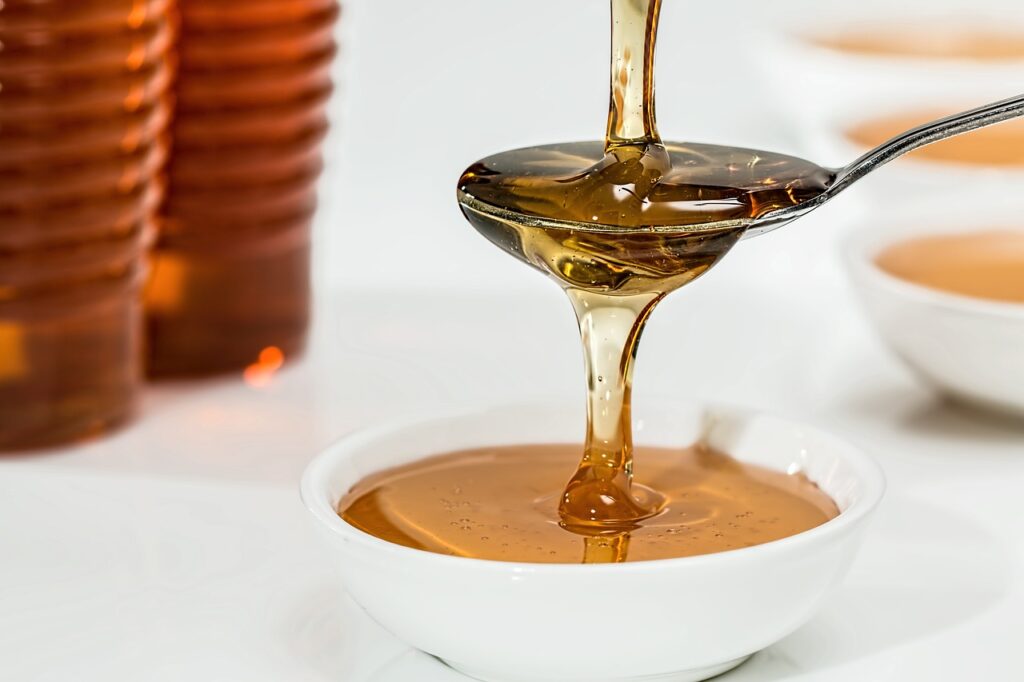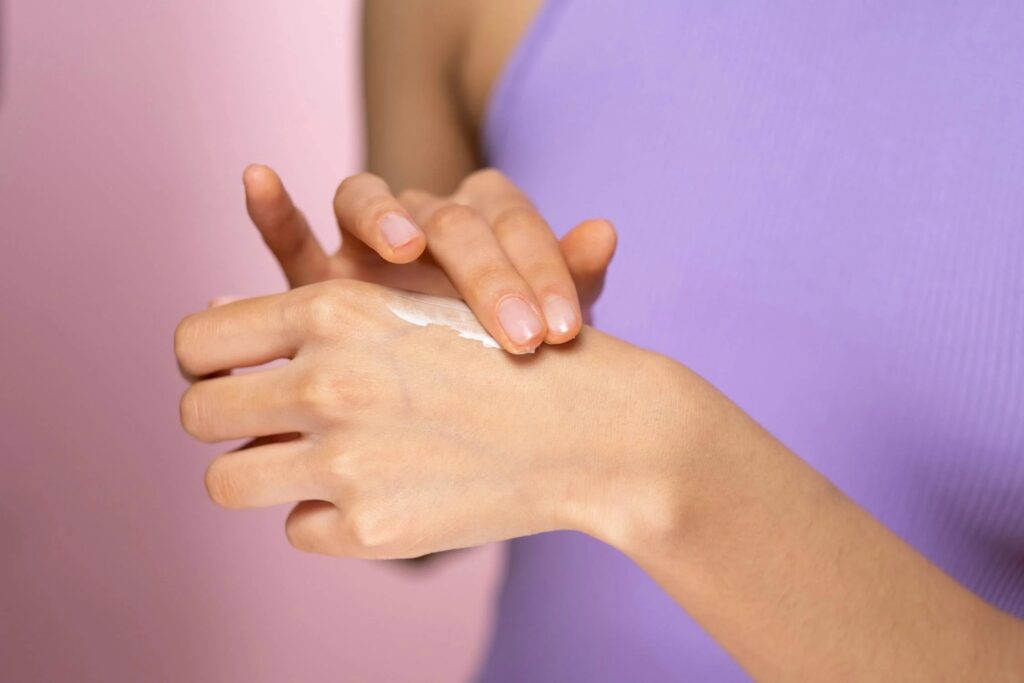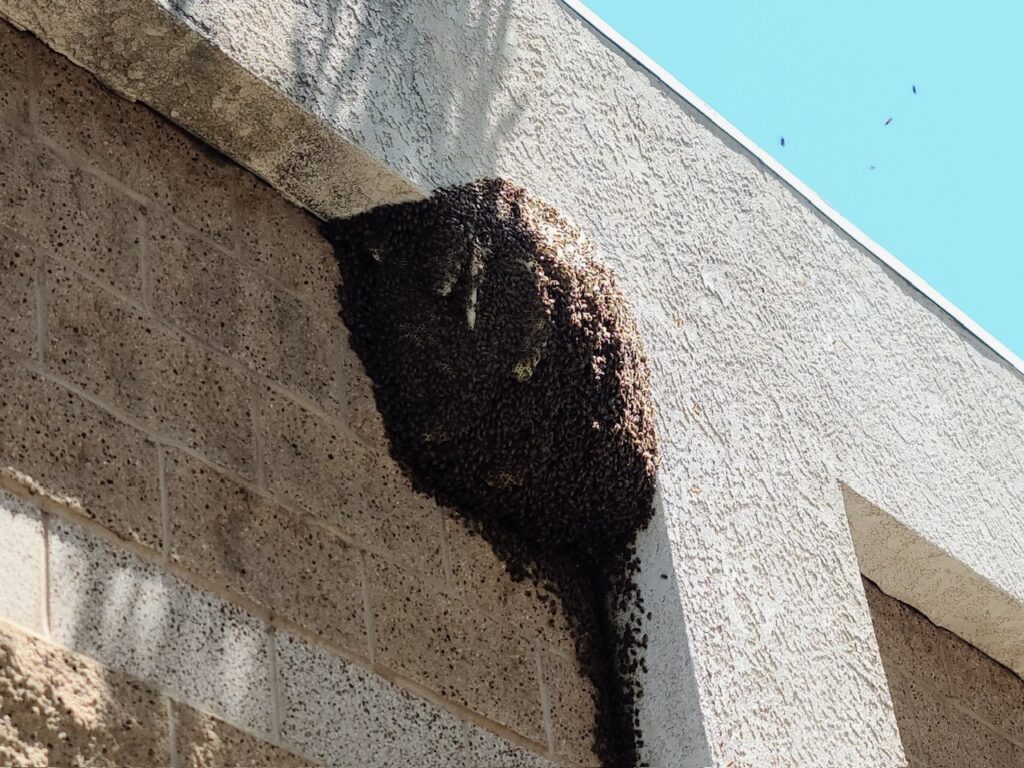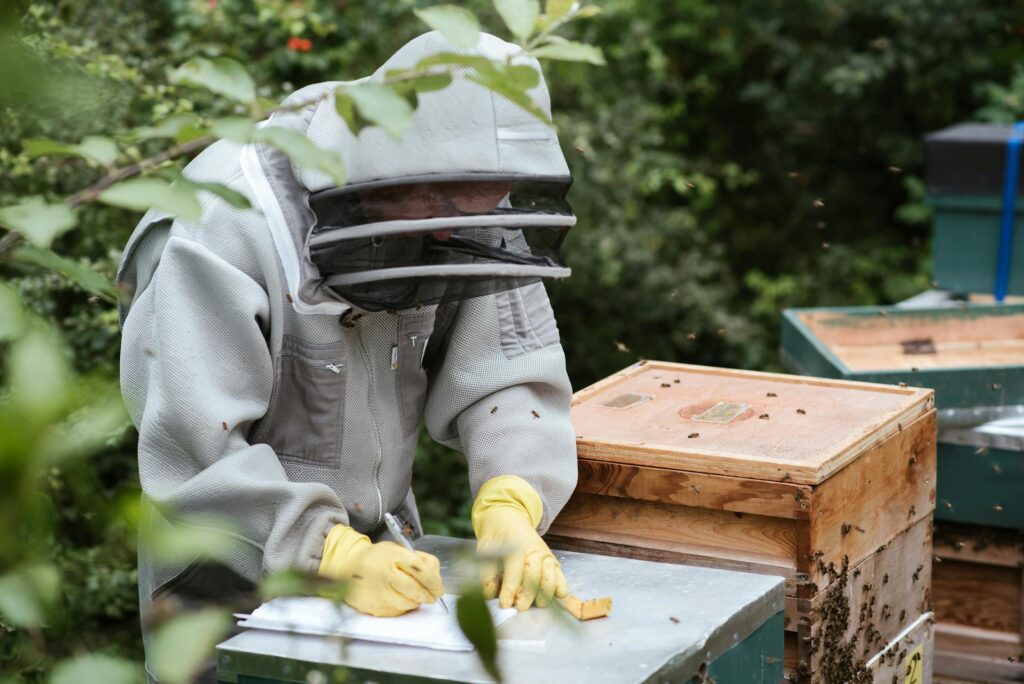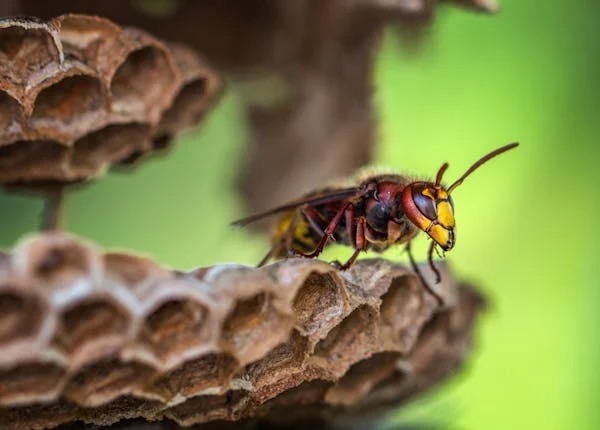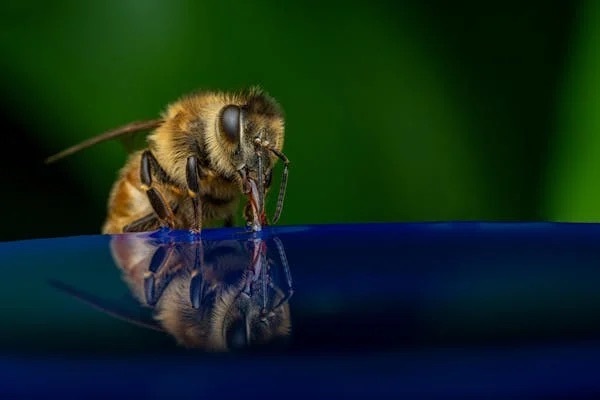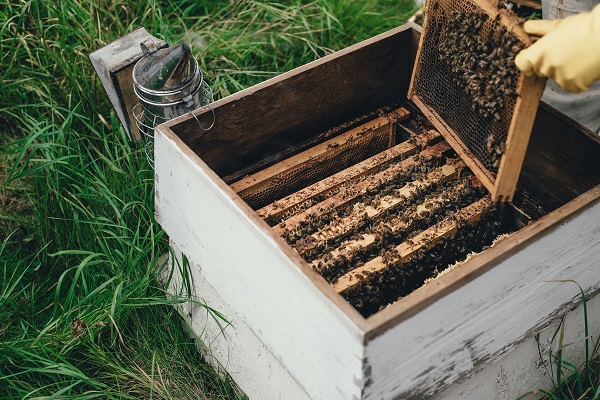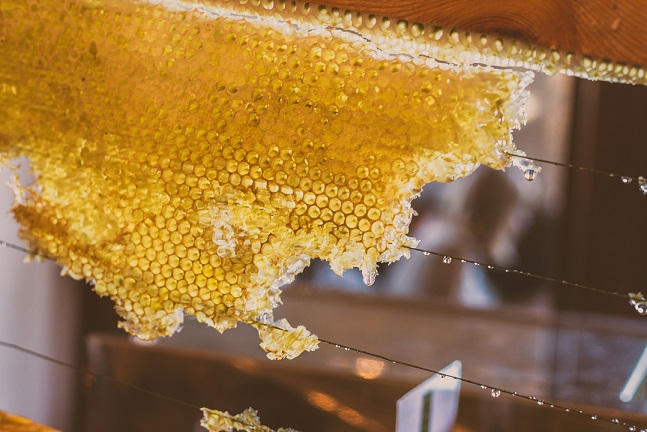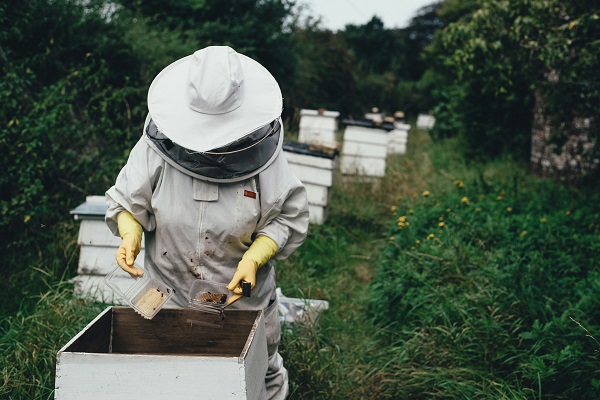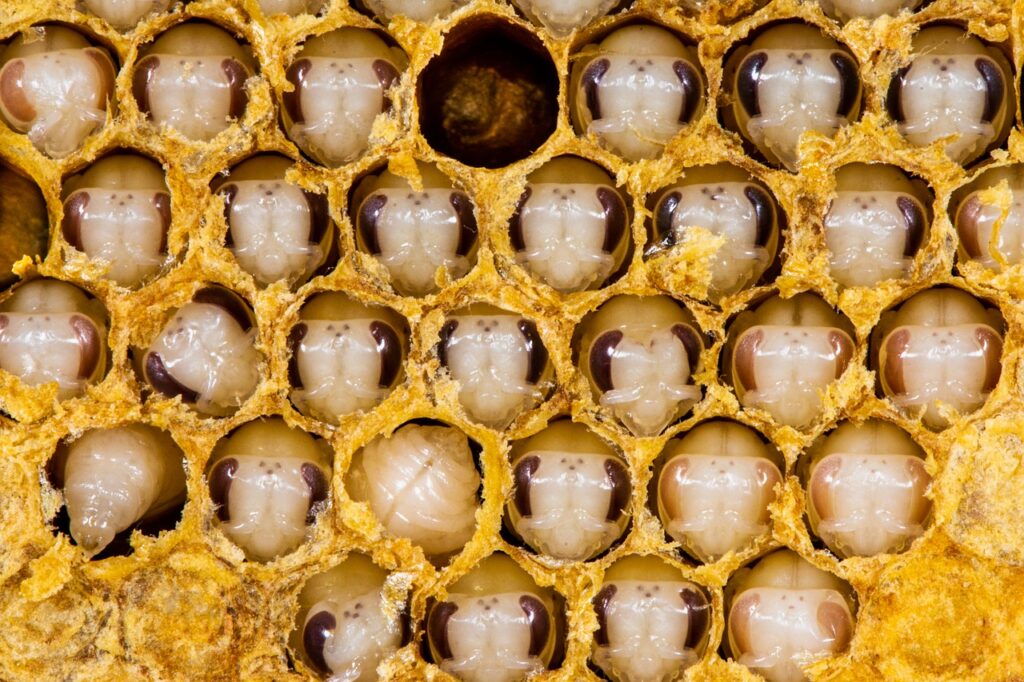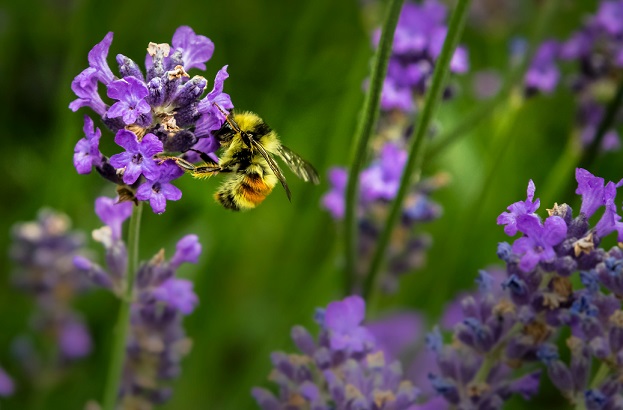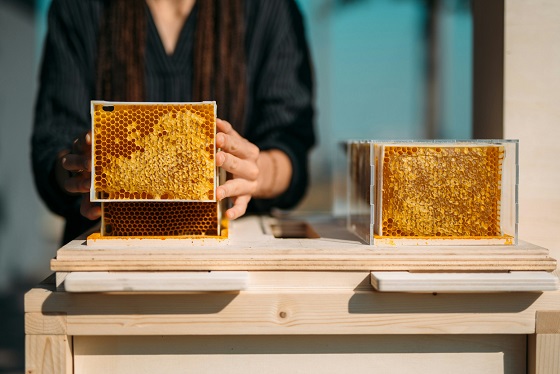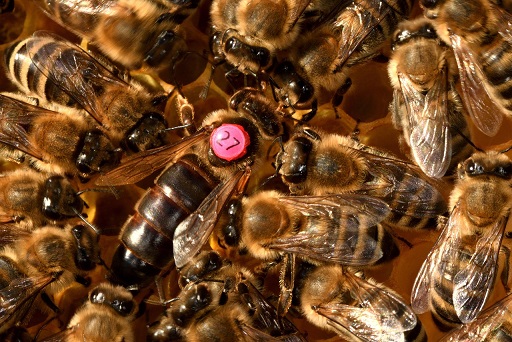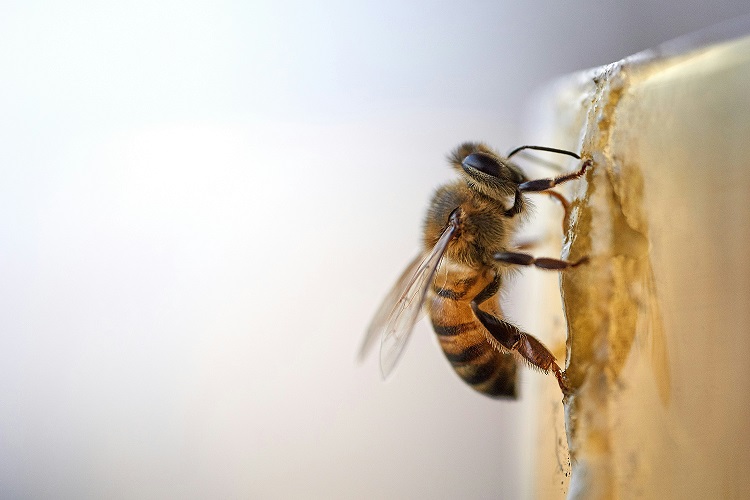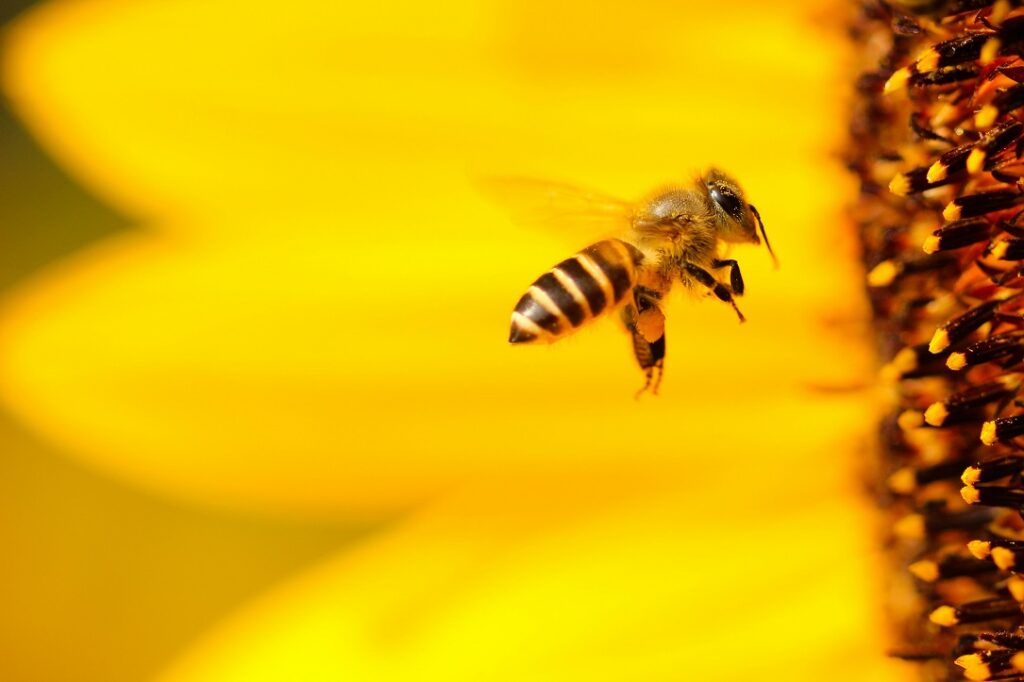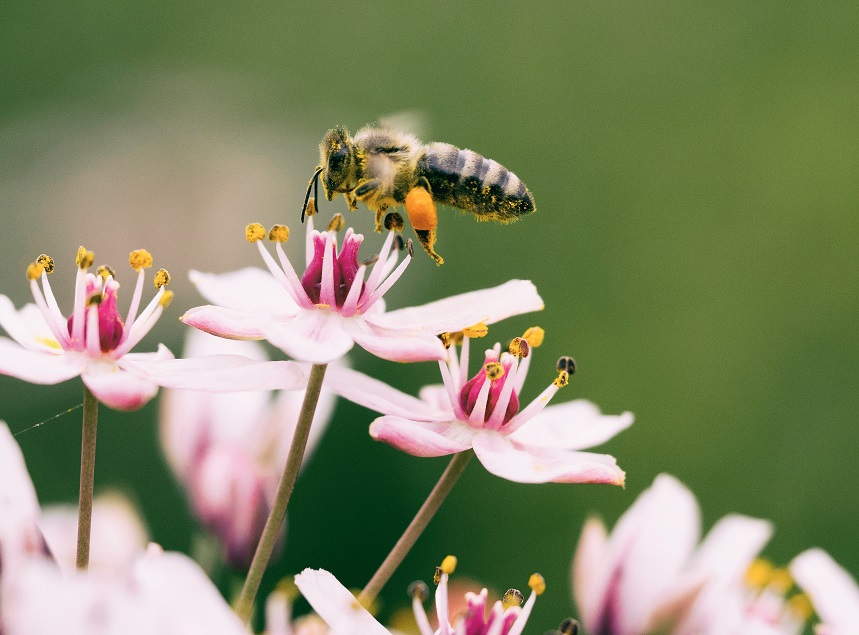Bee News
What To Do When Stung By A Bee?
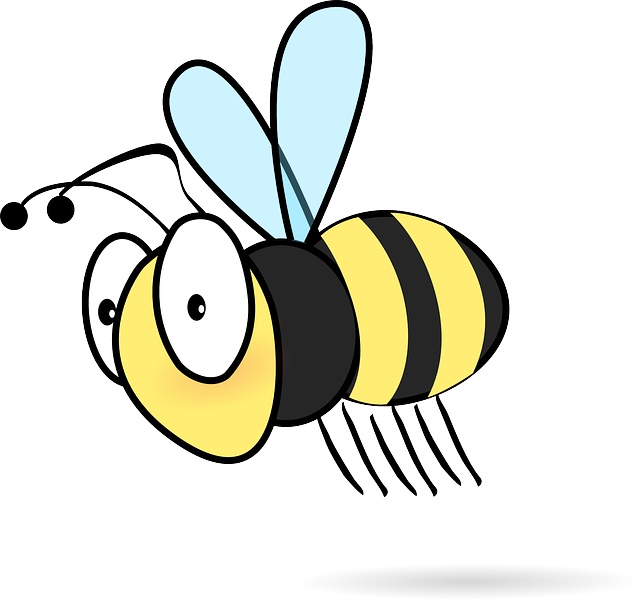


Step 1: Remain Calm and Assess the Situation
If you find yourself stung by a bee, the first and most crucial step is to stay calm and assess the situation. While bee stings can be painful and may provoke a reaction, it is important to remember that most bee stings are not life-threatening and can be effectively managed with proper care and attention. Take a few deep breaths, remain still, and gently inspect the sting site to determine if the stinger is still present. If the stinger is visible, avoid squeezing it or using tweezers to remove it, as this can release more venom into the skin.
Step 2: Remove the Stinger Safely
If the bee’s stinger is still embedded in the skin, it is important to remove it promptly and safely to reduce the risk of additional venom entering the body. To remove the stinger, use a flat, rigid edge (such as a credit card or fingernail) to scrape off the stinger in a sideways motion. Avoid squeezing or pinching the stinger, as this can cause more venom to be released. Once the stinger is removed, gently clean the area with soap and water to prevent infection.
Step 3: Reduce Pain and Swelling
To alleviate pain and reduce swelling at the sting site, consider applying a cold compress or ice pack wrapped in a cloth to the affected area. This can help numb the pain, reduce inflammation, and provide relief from discomfort. Additionally, over-the-counter pain relievers such as ibuprofen or acetaminophen can be taken to manage pain and swelling. Avoid scratching or rubbing the sting site, as this can exacerbate irritation and delay healing.
Step 4: Monitor for Signs of Allergic Reaction
While most bee stings result in localized pain, redness, and swelling that subside within a few hours, some individuals may experience more severe allergic reactions that require immediate medical attention. If you develop symptoms such as difficulty breathing, swelling of the face or throat, hives, dizziness, or nausea after a bee sting, seek medical help right away. These symptoms may indicate an allergic reaction, which can be life-threatening if not treated promptly.
Step 5: Practice Prevention and Bee-Friendly Behavior
To reduce the likelihood of being stung by bees in the future, consider adopting bee-friendly behavior and practices that promote peaceful coexistence with these essential pollinators. Avoid wearing bright-colored clothing or floral patterns that may attract bees, refrain from wearing strong scents or fragrances outdoors, and be mindful of open food or drink containers that may attract bees. When spending time outdoors, stay alert for bee activity, especially around flowering plants, gardens, or beehives, and move calmly and slowly to avoid startling or disturbing bees.
By following these practical tips and strategies for handling bee stings with care and calm, you can navigate encounters with bees with confidence, awareness, and a proactive approach to promoting healing, comfort, and well-being. With a respectful and informed attitude towards bees and their natural behaviors, you can cultivate a harmonious relationship with these remarkable pollinators, honoring their essential role in nature’s tapestry and embracing the resilience, beauty, and wisdom they bring to our lives and ecosystems. Bee prepared, be mindful, and bee well on your journey of discovery and connection with the enchanting world of bees.
Absolutely! Over-the-counter medications like Benadryl can be effective in reducing swelling and allergic reactions after a bee sting. Benadryl contains an antihistamine that can help alleviate itching, swelling, and other symptoms of an allergic reaction to the bee venom. It’s important to follow the recommended dosage instructions on the medication packaging and consult a healthcare provider if you have any concerns or if you experience severe symptoms after a bee sting.
In addition to taking over the counter Benadryl, staying hydrated by drinking plenty of water can also help flush out toxins from the body and promote healing. Proper hydration is essential for supporting the body’s natural healing processes and can aid in reducing inflammation and discomfort associated with a bee sting.
Remember, if you experience severe symptoms such as difficulty breathing, swelling of the face or throat, hives, dizziness, or nausea after a bee sting, seek immediate medical attention. Allergic reactions can be life-threatening and require prompt medical intervention.
By taking proactive steps like using over-the-counter medications, staying hydrated, and seeking medical help if needed, you can effectively manage the symptoms of a bee sting and promote a speedy recovery. Be sure to also monitor the sting site for signs of infection and follow up with a healthcare provider if you have any concerns about your recovery. Stay safe and bee well!





